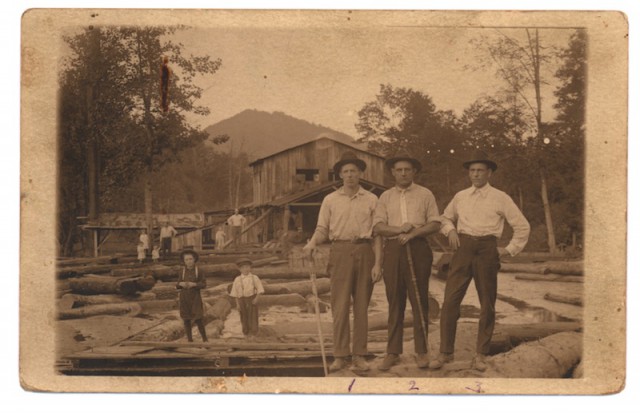
Economy, Land
Industrial logging came to Appalachia with the railroad in the late 19th century. As timber supplies in the Northeast and the Great Lakes regions dwindled, National Lumber Corporation shifted to the vast hardwood forests of the Southern mountains.
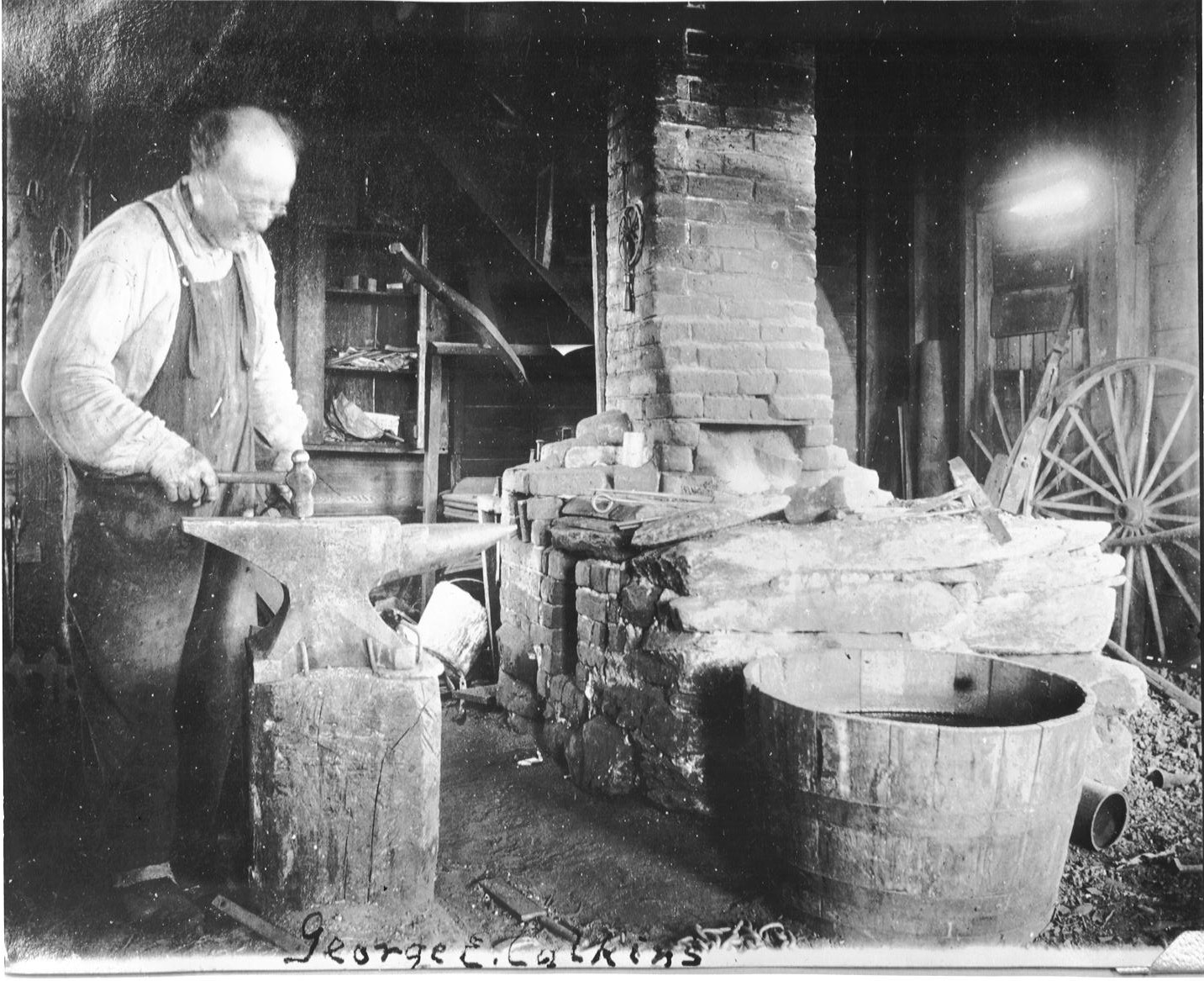
Economy
Long before Western North Carolina was celebrated by visitors for its majestic Blue Ridge Parkway views; even before it was recognized by the ailing for its beneficial climate and therapeutic mountain air, our region was famous for something else: its seemingly-infinite amounts of mineral wealth. . .
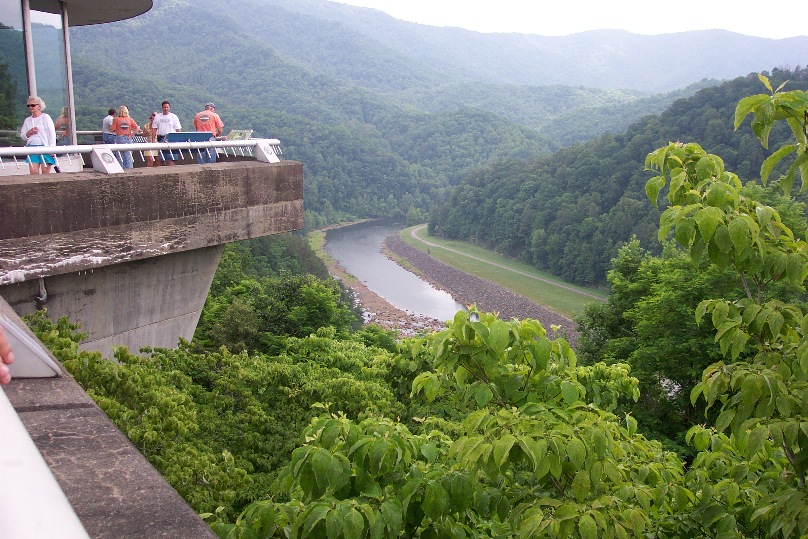
Economy
In order to develop atomic weapons during World War II, the Federal Government needed a source of energy to power the top-secret Oak Ridge National Laboratory. Out of that need the Fontana Dam, Fontana Lake, and Fontana Village were born. . .
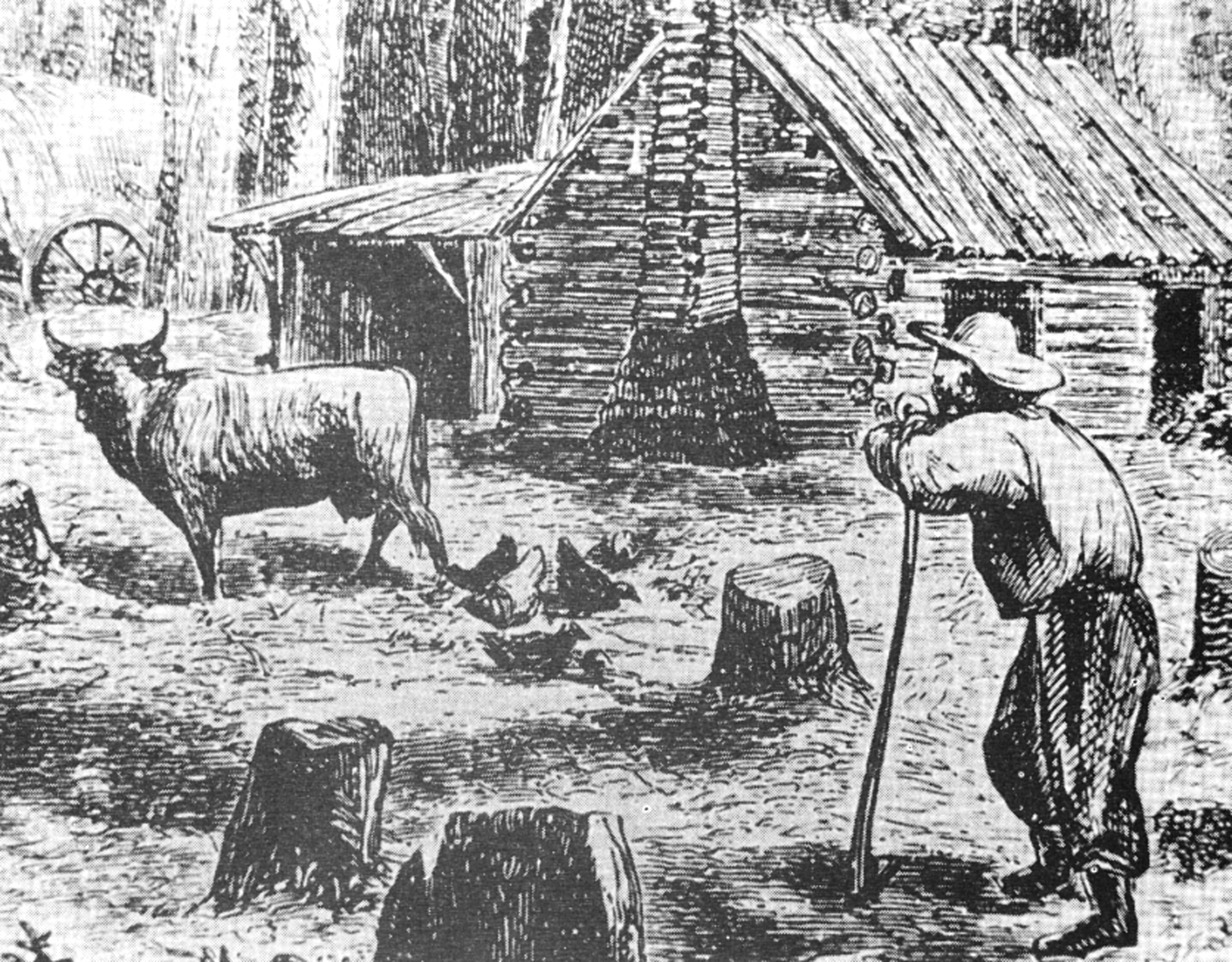
Economy
Nearly 100 years ago, Horace Kephart, in his classic study Our Southern Highlanders, called the mountain region “the Land of Do-Without.” He admiringly describing the resilience of mountain people coping with the poverty in more remote communities. . .
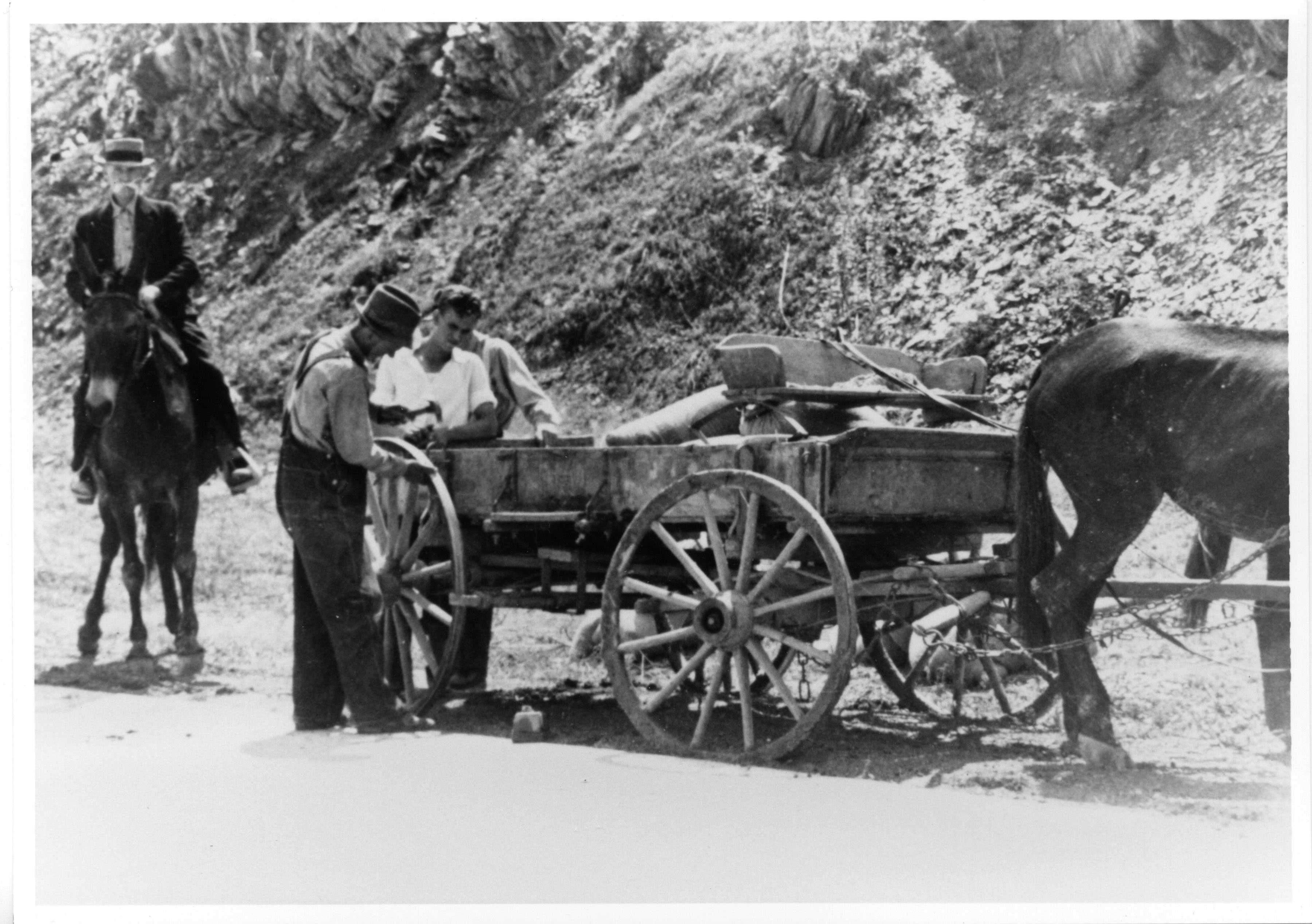
Economy
Barter was a vital element in the subsistence economy of early Appalachia. In its purest form, it was the moneyless exchange of goods and services. Barter allowed farm families to supplement the goods they produced on their farms with things that they could not provide for themselves. . .







